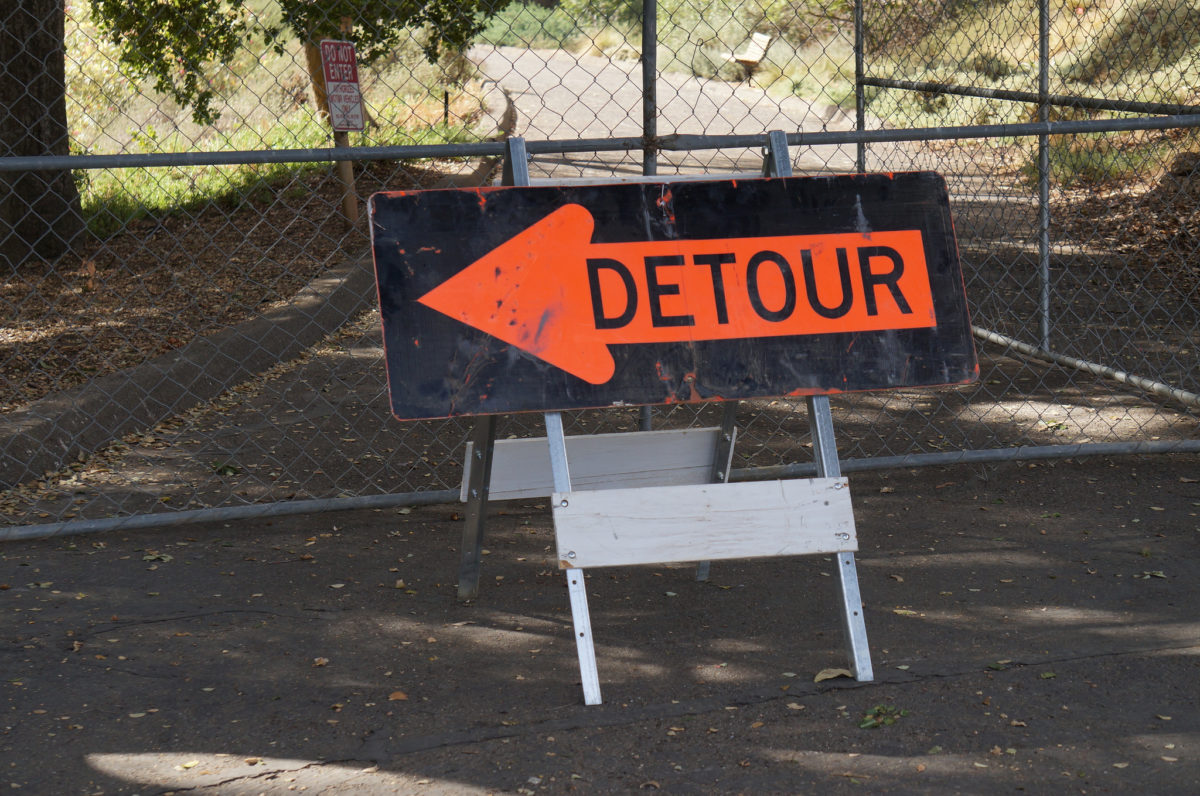Dear Working Preachers, have you noticed that signs are often misinterpreted? While we count on them to point us in the right direction, with everything from getting to a new destination to figuring out next steps in our lives, the occurrence of misreading signs is all too frequent. We anticipate clarity and expect a certain consistency in these signs. After all, a miscalculation will send us in a direction we might not want to go, perhaps shouldn’t go. We don’t want to end up going down a rabbit hole. And we rely on the advice and experience of others to help us avoid any kind of misjudgment that might leave us lost.
Of course, essential to understanding a sign correctly is context. I remember in my early years of living in Minnesota, coming from California, my misinterpretation of a sign that determined my route home from Luther Seminary. Going home one day, taking my usual course, the onramp to the freeway said, “Ramp closed May 11.” Good to know! So, May 11 I took an alternative way, a little slower, but never too bad. Well, imagine my dismay when heading home on May 12, I discovered that the ramp was still closed!
Evidently, I had interpreted that sign far too literally if you live in Minnesota. The sign should have read, “Ramp closed beginning May 11.” I won’t tell you how many times I returned to my standard path, only to be shamed once again. I had not lived in Minnesota long enough to know that roads are rarely closed for one day (it’s at least two weeks, by the way), and especially during Minnesota’s other season besides winter — road construction.
In this second lection of the bread of life chapter, Jesus begins to interpret his fourth sign because Jesus knows just how easy it truly is to misunderstand. But, before we get to Jesus’ explanation, this week I found myself realizing how quite extraordinary it is that Jesus does this in the first place — that he interprets his signs. I don’t think it’s Jesus’ concern that we get things right, that we secure the correct answer. Then, why not just tell us up front, instead of 57 verses of navigating and putting up with our feeble and often failed attempts to make sense of who Jesus is? “Sir, give us this bread” (John 6:34). “Sir, give me this water.” “Wait, you want me to enter into my mother’s womb again?”
We are not forever foils of stupidity, examples of clueless disciples, or the epitome of lame-ass answers. Nor is Jesus a manipulator of dialogue. Like those professors who ask a question in such a way that you know there is only one answer for which they are looking. No, Jesus knows the context has radically changed — “I AM” here and now changes everything.
And so, maybe Jesus realizes just how hard it will be to believe who he is and what he has to offer. Indeed, later on in John 6 some of his disciples will decide to walk away and Jesus will reference Judas’s betrayal. Maybe Jesus recognizes that a little time to get used to the Word made flesh and a lot of conversation is exactly what we need.
Or maybe Jesus knows our nature all too well — that we actively resist going in directions that lead to discomfort and uncertainty. That we consistently reject those paths that seem difficult, even disturbing. That we ignore the signs in front of us. And that we are always quick to turn to others’ interpretations of Jesus before we are willing to listen and be open to Jesus’ own.
I think Jesus sees our fear — our fear of making mistakes, of taking a wrong turn, of post-choice remorse. Our fear of having to justify our decisions, to validate the directions we decided to take. Our fear of rejection, of getting lost somewhere out there, a place from which we do not know how to get back.
And so, what has to be revealed in these first verses of the discourse is that Jesus, simply, offers himself. He offers a relationship with him and with God, the very meaning of believing: “This is the work of God, that you believe in him whom he has sent” (John 6:29). And perhaps as much as we say we want that, we want Jesus in our lives, we want a relationship with Jesus, the fact is it’s just plain easier for Jesus to be the answer to our prayers, the one who gives us what we need, the one who responds to our wants. Yet, salvation is not a utilitarian reality. And relationships are never, ever, as straightforward as we want them to be, as we want those signs to be.
That’s why, here and now, before we get too far into the many levels and many meanings of the feeding of the 5,000, Jesus reminds us what the Word made flesh is all about. It’s about being in a relationship with Jesus, but more so, leaning into, trusting in just what this relationship means.
It means that a seemingly wrong turn might lead to Sychar. It means that even when it appears you are lost, Jesus knows just where you are. It means that before you trust others with your future, you believe in others to steer you on the right course, you go to others to corroborate the correlation between your behavior and your worth, you utter Peter’s words, even if you might not believe them just yet, “Lord, to whom shall we go? You have the words of eternal life” (John 6:68).
Karoline

